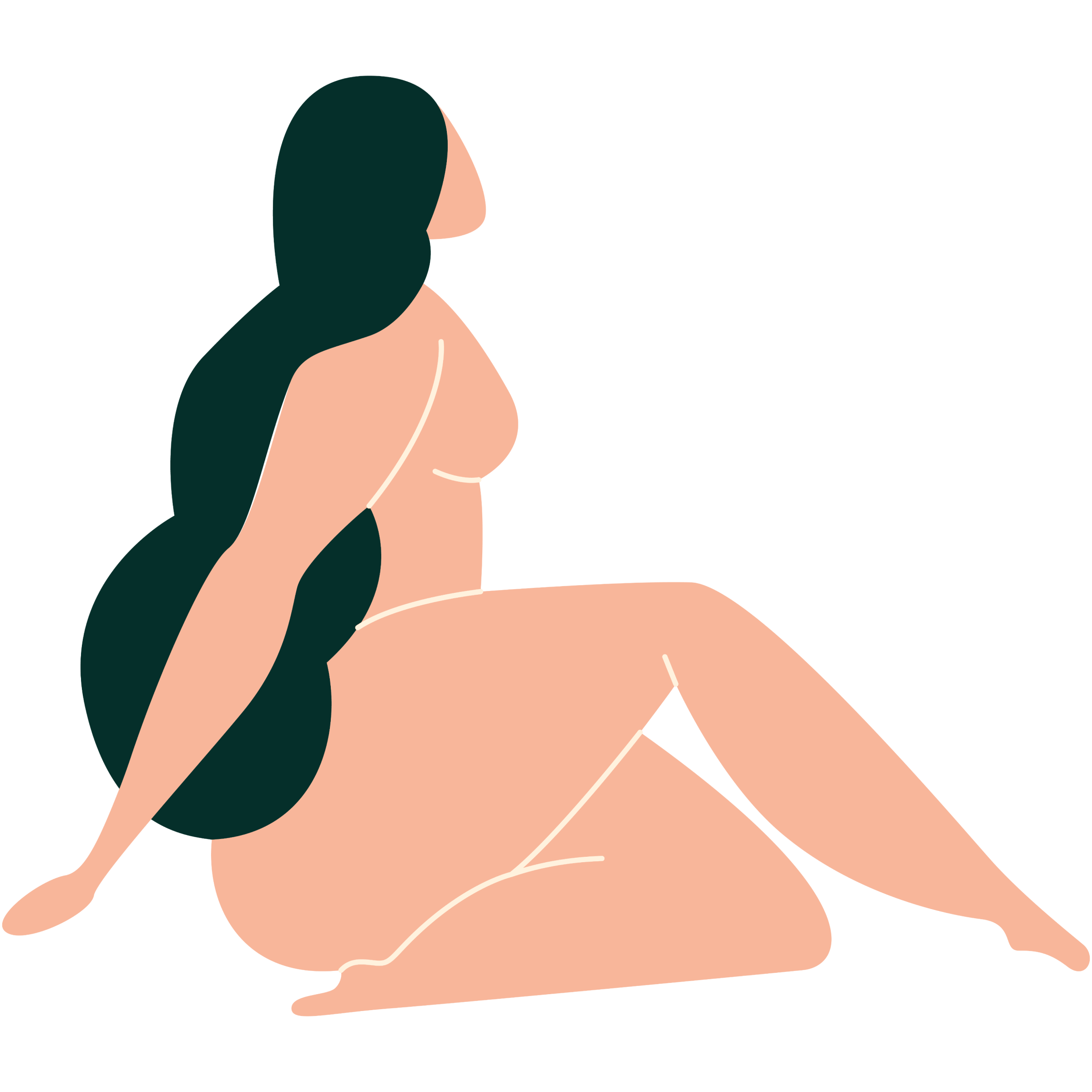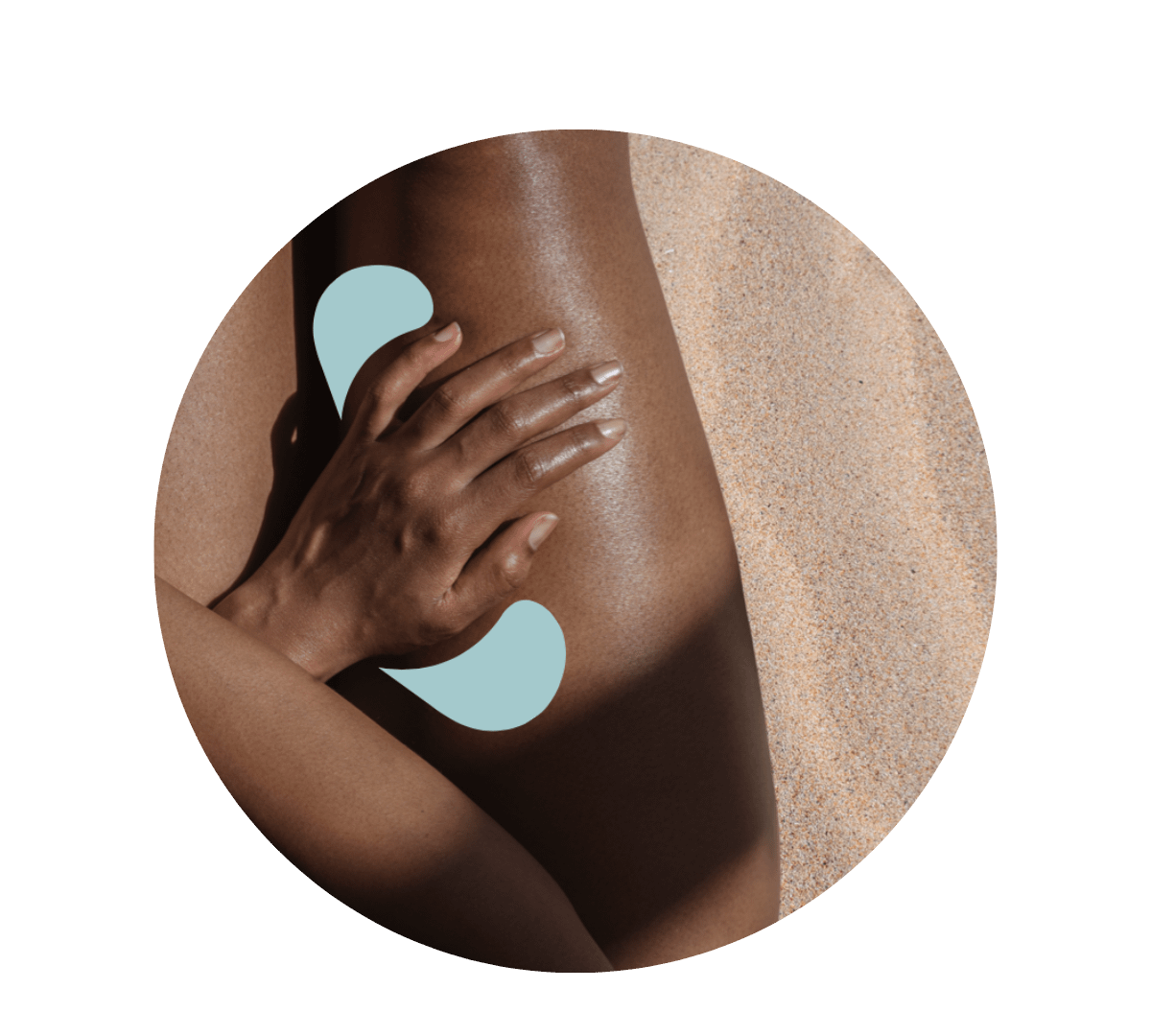
Body
Get to know your body through a better understanding of your anatomy and find the answers to some of your most common questions.
Back
All topics

4 resources

19 resources

6 resources

4 resources

6 resources
Back
All topics

9 resources

12 resources

4 resources

11 resources

2 resources
Back
Back
All topics

17 resources

11 resources

17 resources

2 resources

Mauj Products
We’ve designed our products to help you explore your body, solo or otherwise. Whether you’re a curious novice or a seasoned explorer, this is for you.
Back
All topics

4 resources

19 resources

6 resources

4 resources

6 resources
Back
All topics

9 resources

12 resources

4 resources

11 resources

2 resources
Back
Back
All topics

17 resources

11 resources

17 resources

2 resources

Mauj Products
We’ve designed our products to help you explore your body, solo or otherwise. Whether you’re a curious novice or a seasoned explorer, this is for you.

If you’ve ever wondered why you’re never in the mood, or why your partner never initiates sex, this article will give you a better understanding of the mechanics of sexual desire.
Simply put, sexual desire is the feeling of wanting to engage in sex (whether solo or with a partner). Sexual desire is a highly individual and subjective experience. How and when one person feels aroused may differ significantly from another person's preferences. Similarly, different people experience different types of desires.
This type of sexual desire can feel like it just appears out of nowhere. This is the case for about 75% of men and 15% of women.
For about 5% of men and 30% of women, they begin to want sex only after sexy things are happening, or in response to stimulation, which is often their partner initiating sex.
The third type of desire, experienced by over half of women and 20% of men, is known as contextual desire or “context-dependent desire”. Contextual sexual desire is when the circumstances and environment impact our ability to feel sexual.
This can be how you feel about yourself or your partner, the fact that your kids are in the next room, or feeling stressed about work, for example.
All three of these types of desire are totally healthy and normal. Just because you don’t experience spontaneous desire doesn’t mean anything is wrong with you.
“A lot of women, on learning that they have a responsive or context-sensitive desire style, feel instantly relieved to know that there’s nothing wrong with them, that they just need more of a reason to have sex than folks with a spontaneous style do.”
Dr. Emily Nagoski, author of "Come As You Are"
Reading through the different types of desire listed above, are you able to identify yours? Which one feels more familiar to you?
Now that you’ve figured that out, share it with your partner. Let them know what works best for you, explaining that this has nothing to do with how attractive you find them. For example, if you experience responsive desire, let your partner know that you may become more interested in sexual activity when they initiate it or after romantic or sensual gestures. Give specific examples, like them kissing your neck or massaging your thighs.
If you experience contextual desire, share with your partner the factors that influence your ability to feel sexual. For example, let them know that it’s hard for you to feel like having sex if there are dishes in the sink or if the kids aren’t ready for bed by a certain hour. Put together a plan on how to tackle these issues, if that’s important to both of you.
The key to a healthy and satisfying sexual relationship is understanding and respecting each other's unique desires and needs.

This article has been medically reviewed by the WISH Program at AUBMC.
The Women Integrated Sexual Health (WISH) Program at the American University in Beirut Medical Center (AUBMC) is a program dedicated to empower, educate, and heal through addressing the multifaceted aspects of sexuality and sexual and reproductive health and rights.
Did you find the answer you were looking for? Is there something we missed? What did you think of this resource? We want to hear from you.





